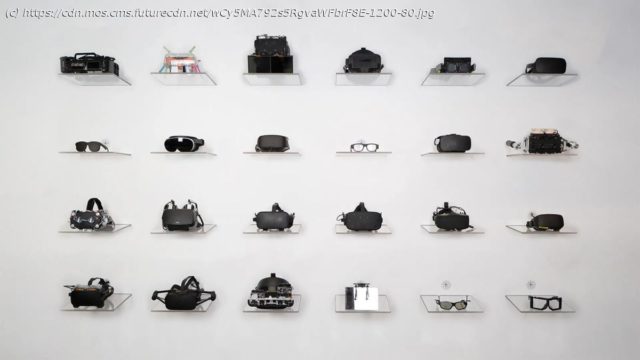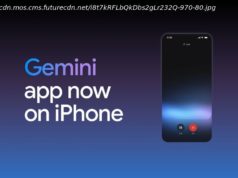Meta has unveiled several VR headset prototypes like Butterscotch and Starburst, but they aren’t designed for us to use.
Meta has been working on over a dozen VR headset prototypes, but it doesn’t want you to use any of them ever. That’s because these bulky “time machines” as it calls them aren’t aimed at consumers but are internal proof of concepts for its internal designers only. During a virtual round table last week, Meta CEO Mark Zuckerberg and members of Meta’s Reality Labs division demonstrated several of these prototypes. Many of them have their internal circuits exposed, and some even look like you’re strapping the entire contents of a desktop PC to your face – complete with extra-large cooling fans and side handles to hold so your neck doesn’t snap under the weight. That latter one with the handles is a prototype called Starburst. The bulk is caused by Starburst containing a display that can achieve a brightness up to 20,000 nits so as to improve its HDR capabilities massively over the Quest 2. A great TV can achieve a few thousand at most and the Quest 2 can only achieve around 100 nits. High dynamic range (HDR) is the tech used by displays to help bright colors pop out from your screen while keeping dark objects in the same image well defined. Without HDR, your picture can look washed out; like the contrast has been turned down too far. HDR is apparently the tech that is most commonly linked to improved realism in VR. Unfortunately, Starburst is wholly impractical as an actual VR headset for regular folk to use. But as with all of the other prototypes, Zuckerberg explained that the goal is for these headsets to “help us identify which technical paths are going to allow us to make meaningful enough improvements that we can start approaching visual realism.






